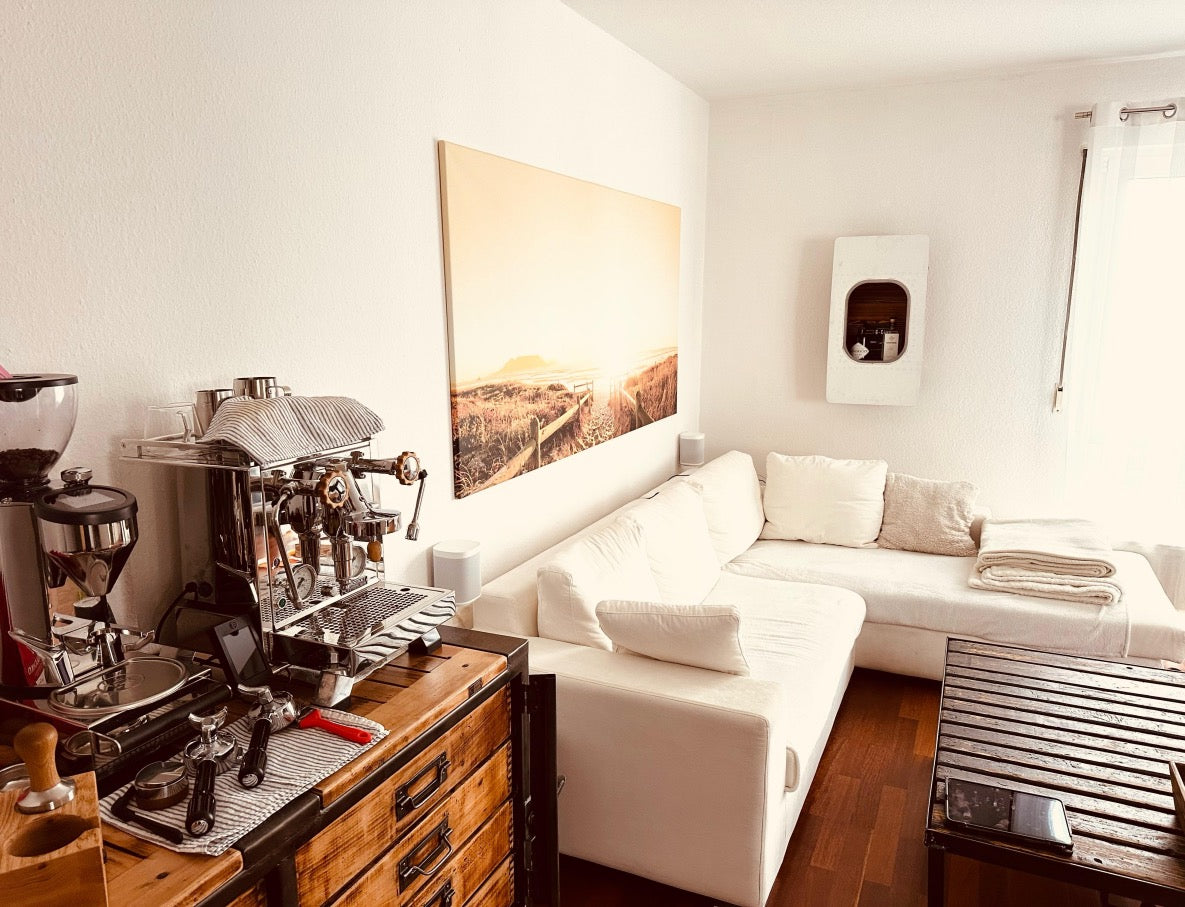How do you care for aircraft furniture?
Aircraft furniture often consists of original aircraft parts that have been converted into decorative or functional objects. Proper care is essential to ensure its long-term appearance and functionality. This article provides an overview of suitable cleaning, care, and restoration measures for various types of aircraft furniture.
Types of materials and their properties
Aircraft furniture can be made of different materials, each of which has its own care requirements.
Common material types:
-
Aluminum: Often used for aircraft trolleys, cabin boxes and window frames.
-
Plastic: Occurs in cladding, window inserts or handles.
-
Stainless steel: Sometimes used for fittings, hinges or storage areas.
-
Wood or wood veneer: Often used for individually modified or redesigned furniture pieces.
-
Glass or acrylic glass: For viewing windows, covers or shelves.
-
Textiles or artificial leather: Partly as interior paneling, upholstery or storage insert.
The correct care always depends on the respective material.
Basic cleaning of aircraft furniture
Regular cleaning prevents dust, dirt or fingerprints from affecting the surfaces.
Recommended procedure:
-
Remove dust: Wipe with a soft, dry microfiber cloth.
-
Light soiling: Wipe with a slightly damp cloth and mild detergent, then wipe dry.
-
Metal surfaces: For aluminum and stainless steel, use only pH-neutral cleaners to avoid corrosion or staining.
-
Plastic parts: Clean with a damp cloth and a little detergent, do not use aggressive solvents.
-
Glass or acrylic glass: Use glass cleaner or a mixture of water and vinegar; for acrylic glass, use soft cloths to avoid scratches.
Care of aluminum surfaces on aircraft furniture
Aluminum is lightweight and durable, but can become dull or develop stains if not cleaned properly.
-
Matte aluminum: Treat with a special aluminum cleaner and a soft cloth.
-
Polished aluminum: Polish to a high shine with polishing paste, then rub with a dry cloth.
-
Protective layer: If necessary, protect with a thin film of wax or sealant.
Important: Do not use steel wool or coarse sponges, as these can leave scratches.
Care of plastic elements
Plastic parts are sensitive to solvents and aggressive cleaning agents.
-
Clean with mild detergent and warm water.
-
Do not use abrasives or alcohol to avoid damaging the surface.
-
For yellowed or heavily soiled surfaces, a plastic furniture polish can be used.
Treating wood and veneer parts
Some aircraft furniture, such as trolleys or cabin crates, contain wood panels or veneered surfaces, especially in custom-designed pieces.
-
Dust removal: With a dry, soft cloth.
-
Care: Use wood care products or furniture oil sparingly.
-
Veneer: Do not use excess moisture to avoid swelling.
-
Scratch: Treat with suitable repair wax or touch-up pens.
Care of glass and acrylic glass in aircraft windows
Glass and acrylic are often used for aircraft windows or storage shelves.
-
Glass: Clean with glass cleaner and a lint-free cloth.
-
Acrylic glass: Clean only with mild soapy water and a very soft cloth to avoid scratches.
-
Scratch removal on acrylic: Use fine polish for plastics.
Regular checks
A visual inspection at regular intervals helps to detect damage early.
-
Check for loose screws, hinges, or casters.
-
Check seals and plastic parts for embrittlement.
-
For furniture with lighting, check the functionality of the electrical components.
summary
Proper care and maintenance of aircraft furniture depends heavily on the materials used. Regular cleaning, the use of suitable cleaning agents, and protection from the elements will help ensure this furniture remains attractive and functional for a long time. Used or heavily used pieces may require a complete refurbishment to maintain their appearance and function.



